Direct to Film (DTF) printing has gained significant popularity in the world of custom apparel and fabric printing due to its versatility and high-quality results. However, like any printing technology, DTF is not without its challenges.
Most Common DTF Printing Problems and Solutions
Direct to Film (DTF) printing has gained significant popularity in the world of custom apparel and fabric printing due to its versatility and high-quality results. However, like any printing technology, DTF is not without its challenges. In this blog post, we will explore the most common DTF printing problems and provide practical solutions to help you overcome these issues and achieve optimal printing results.
DTF Printing Problem #1: Ink Smudging

Problem:
One of the prevalent issues in DTF printing is ink smudging, which can ruin the quality of your prints. This problem often occurs when the ink is not drying properly or when excessive ink is applied.
Solution:
To solve this problem, ensure that you are using the right ink for your printer and fabric type. Additionally, check and adjust the curing settings on your printer to ensure proper drying.
DTF Printing Problem #2: Image Blurring
Problem:
Image blurring can result from various factors, such as printhead misalignment, low resolution images, or incorrect printing speed.
Solution:
To address this problem, calibrate your printhead regularly, use high-resolution images, and adjust the printing speed to match the specifications of your printer.
DTF Printing Problem #3: Color Inconsistencies

Problem:
Inconsistent colors can be frustrating, especially when working on projects that demand precise color matching.
Solution:
To resolve this issue, calibrate your printer regularly, use color management tools, and ensure that your software settings are configured correctly. Additionally, check for any clogs in the ink lines that might be affecting color distribution.
DTF Printing Problem #4: Film Wrinkling
Problem:
Film wrinkling during the printing process can lead to misalignment and poor print quality.
Solution:
To prevent this issue, make sure that your film is properly loaded and that the tension is adjusted correctly. Avoid overstretching the film, as this can cause wrinkles during printing.
DTF Printing Problem #5: Poor Adhesion

Problem:
Poor adhesion of the film to the fabric can result in peeling and reduced durability of the print.
Solution:
Ensure that you are using the right adhesive for your specific fabric type. Additionally, check the curing settings on your printer to optimize adhesion during the printing process.
DTF Printing Problem #6: White Ink Issues
Problem:
White ink plays a crucial role in DTF printing, especially on dark fabrics. Issues such as uneven coverage and clogging of white ink channels can occur.
Solution:
To address these problems, regularly agitate and circulate white ink in the system. Ensure that the white ink channels are clean and free from any obstructions.
DTF Printing Problem #7: Clogging of Printer Heads
Problem:
Printer head clogs can disrupt the printing process and result in inconsistent prints.
Solution:
Regular maintenance, including cleaning the printheads and using appropriate cleaning solutions, can prevent clogging. Additionally, avoid using expired or low-quality inks that may contribute to printhead issues.
DTF Printing Problem #8: Printhead Strikes

Problem:
Printhead strikes can cause damage to both the printhead and the substrate.
Solution:
Check for any obstructions on the printing bed, ensure proper media placement, and adjust the printhead height to avoid strikes. Regularly clean the printhead to prevent the buildup of debris that can lead to strikes.
DTF Printing Problem #9: Film Not Transferring Properly
Problem:
If the film is not transferring correctly to the fabric, it can result in incomplete prints.
Solution:
Check the temperature and pressure settings on your heat press, ensuring that they align with the recommended specifications for your DTF film and fabric. Experiment with different settings to find the optimal conditions for proper film transfer.
Also Read: How to Press DTF Transfers on T-shirts
DTF Printing Problem #10: Image Distortion
Problem:
Image distortion can occur due to issues with the film, such as stretching or misalignment.
Solution:
Ensure that the film is loaded correctly and that the tension is balanced. Additionally, check for any abnormalities in the printing process, such as sudden speed changes or printhead malfunctions, which can contribute to image distortion.

DTF Printing Problem #11: Film Peeling Off
Problem:
Film peeling off after printing can be a result of poor adhesion or incorrect curing settings.
Solution:
Double-check the curing temperature and time to ensure proper bonding between the film and fabric. Experiment with different curing conditions to find the optimal settings for preventing film peeling.
Conclusion
While DTF printing offers a powerful solution for custom apparel and fabric printing, addressing common printing problems is essential to achieve consistent and high-quality results.
Regular maintenance, proper calibration, and adherence to recommended settings are crucial steps in overcoming these challenges. By understanding and implementing solutions to these common problems, you can enhance your DTF printing experience and ensure successful and vibrant prints.
FAQs
Q: What are the problems with DTF printer?
A: Common problems with DTF printers include ink smudging, image blurring, color inconsistencies, film wrinkling, poor adhesion, white ink issues, printhead clogs, printhead strikes, film not transferring properly, image distortion, and film peeling off.
Q: Why is my DTF ink not coming out?
A: DTF ink may not be coming out due to clogged printheads, improper ink settings, or using expired or low-quality ink. Regular maintenance, proper ink circulation, and using high-quality ink can help resolve this issue.
Q: What causes spots on DTF transfers?
A: Spots on DTF transfers can be caused by printhead issues, such as clogs or misalignment. Regular printhead maintenance and ensuring proper printing conditions can help eliminate spots on DTF transfers.
Q: What are the disadvantages of DTF printing?
A: Disadvantages of DTF printing include the need for specialized equipment, occasional maintenance requirements, and potential challenges in achieving color accuracy on certain fabrics. However, with proper care and troubleshooting, these disadvantages can be mitigated.
Q: Why are my DTF transfers not sticking to my shirt?
A: DTF transfers may not stick to the shirt due to poor adhesion, incorrect curing settings, or using the wrong adhesive for the fabric type. Adjusting the curing conditions and ensuring proper adhesive selection can help improve adhesion and bonding.



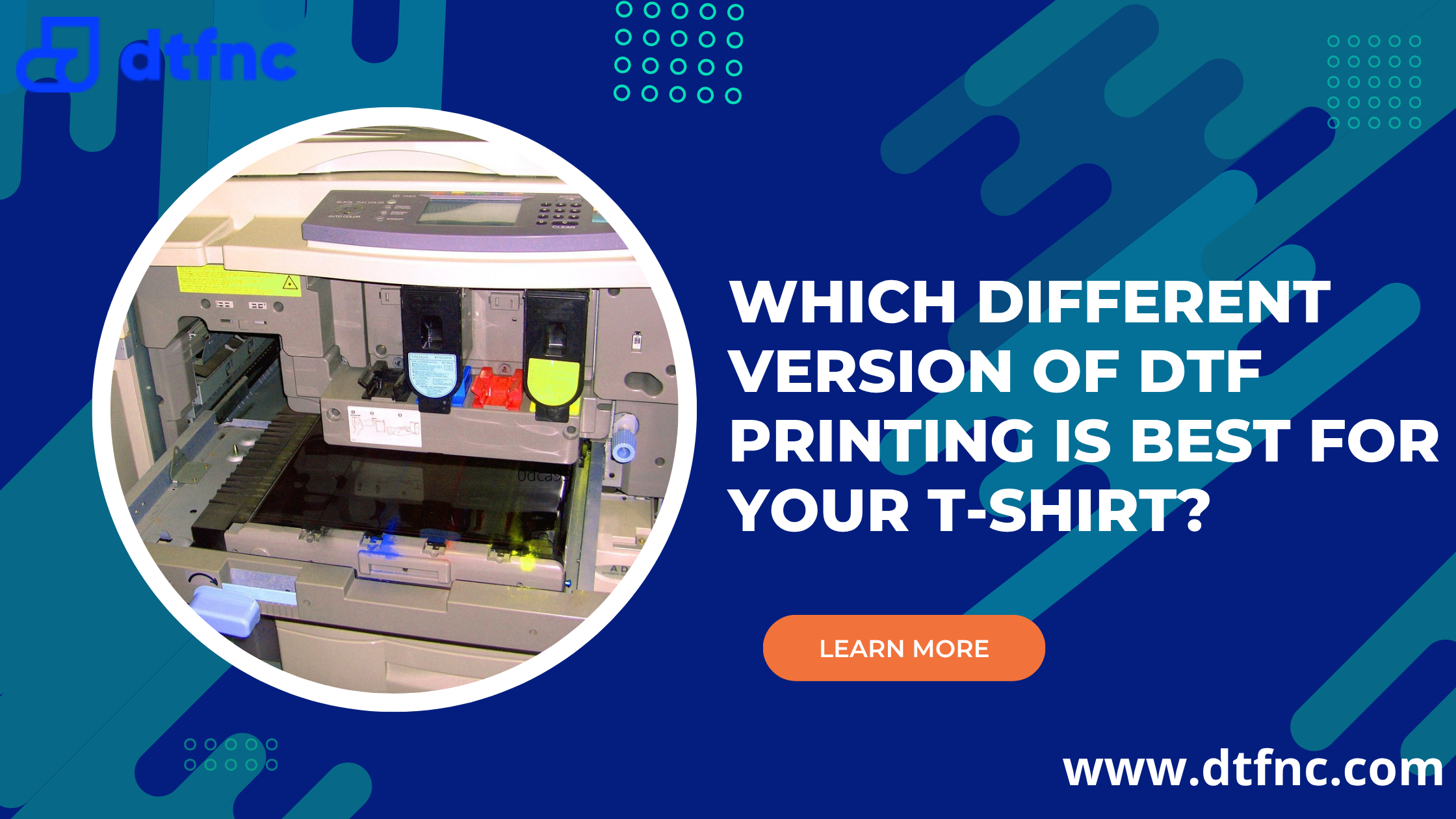
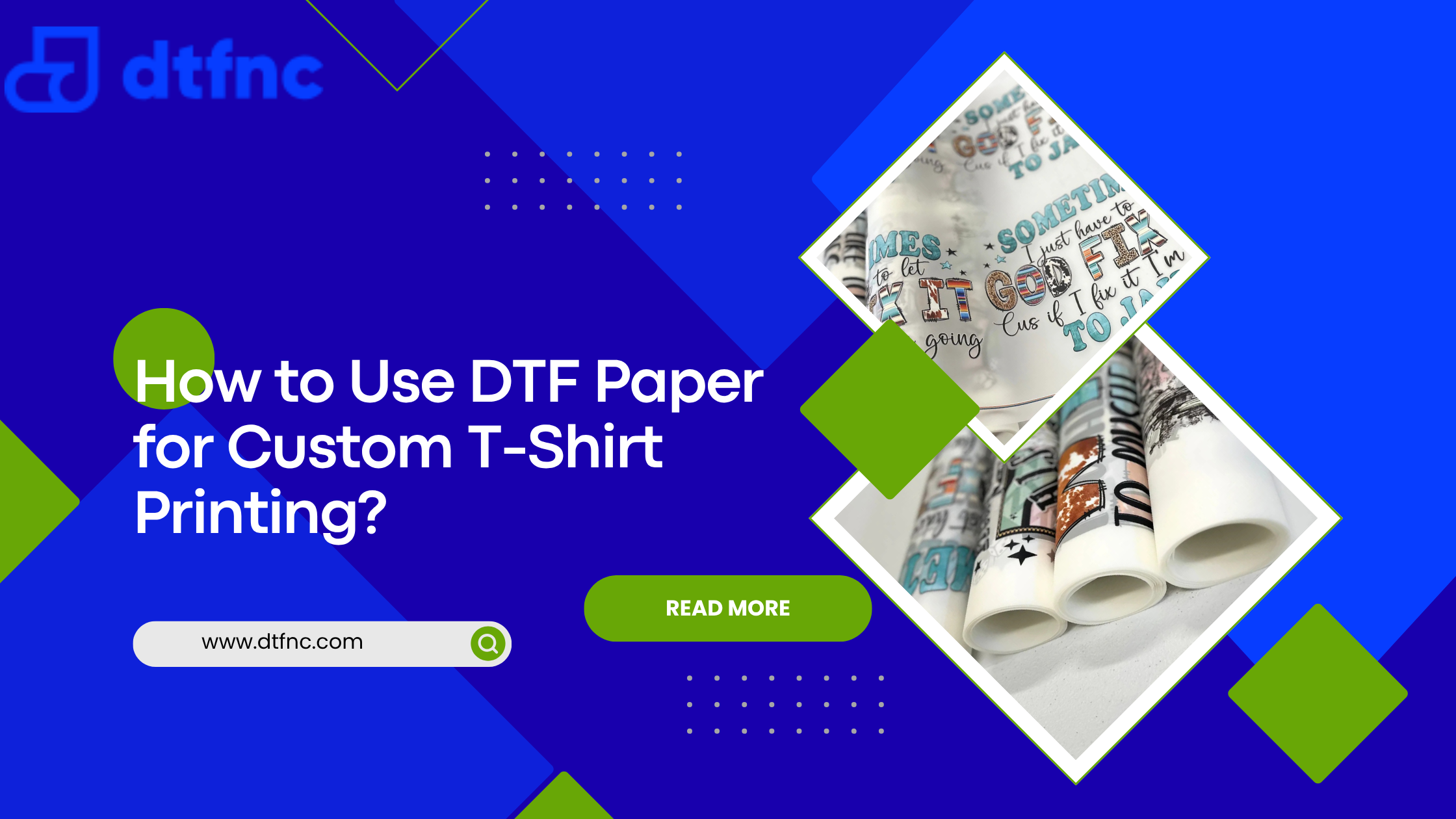

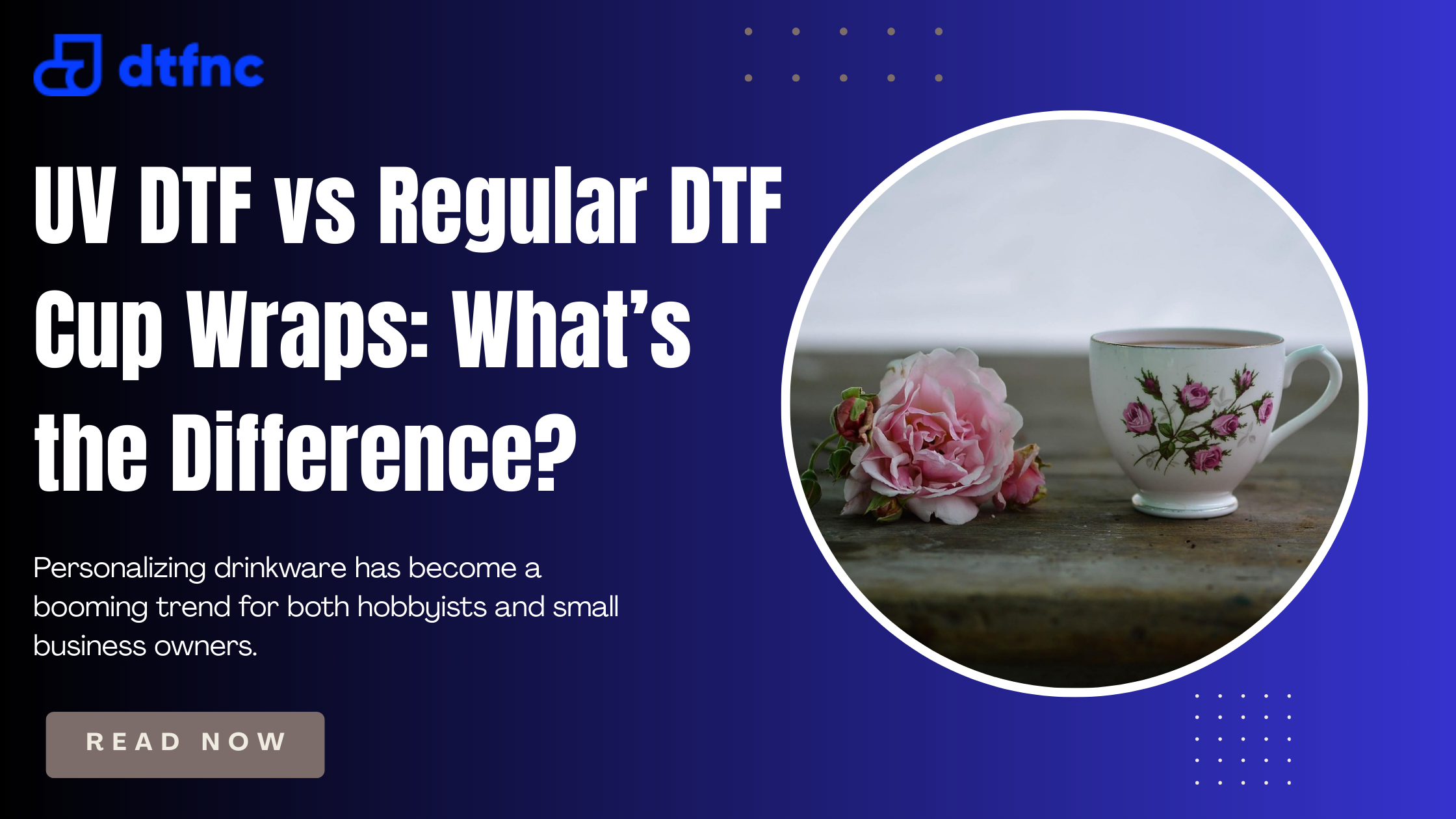
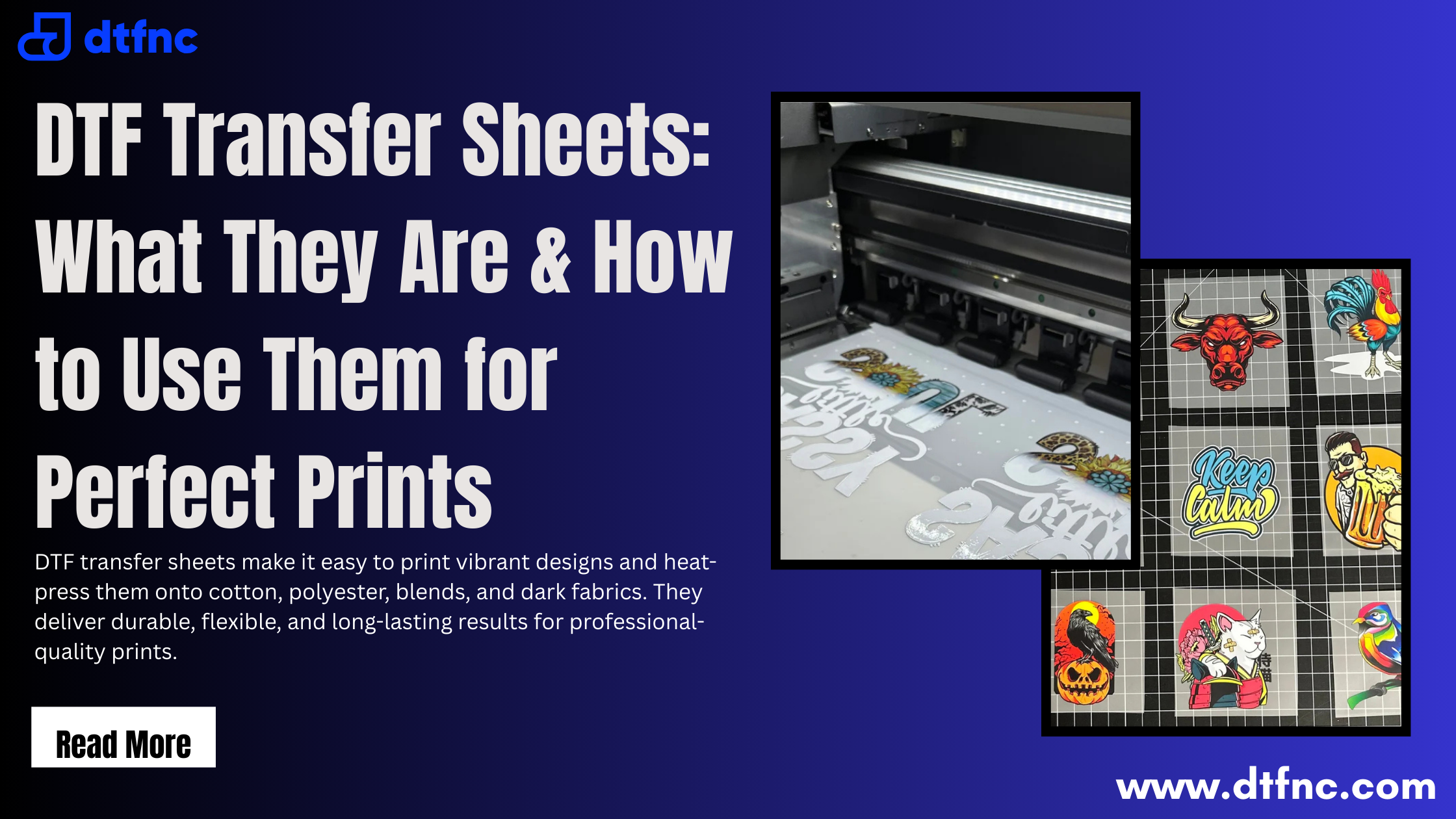
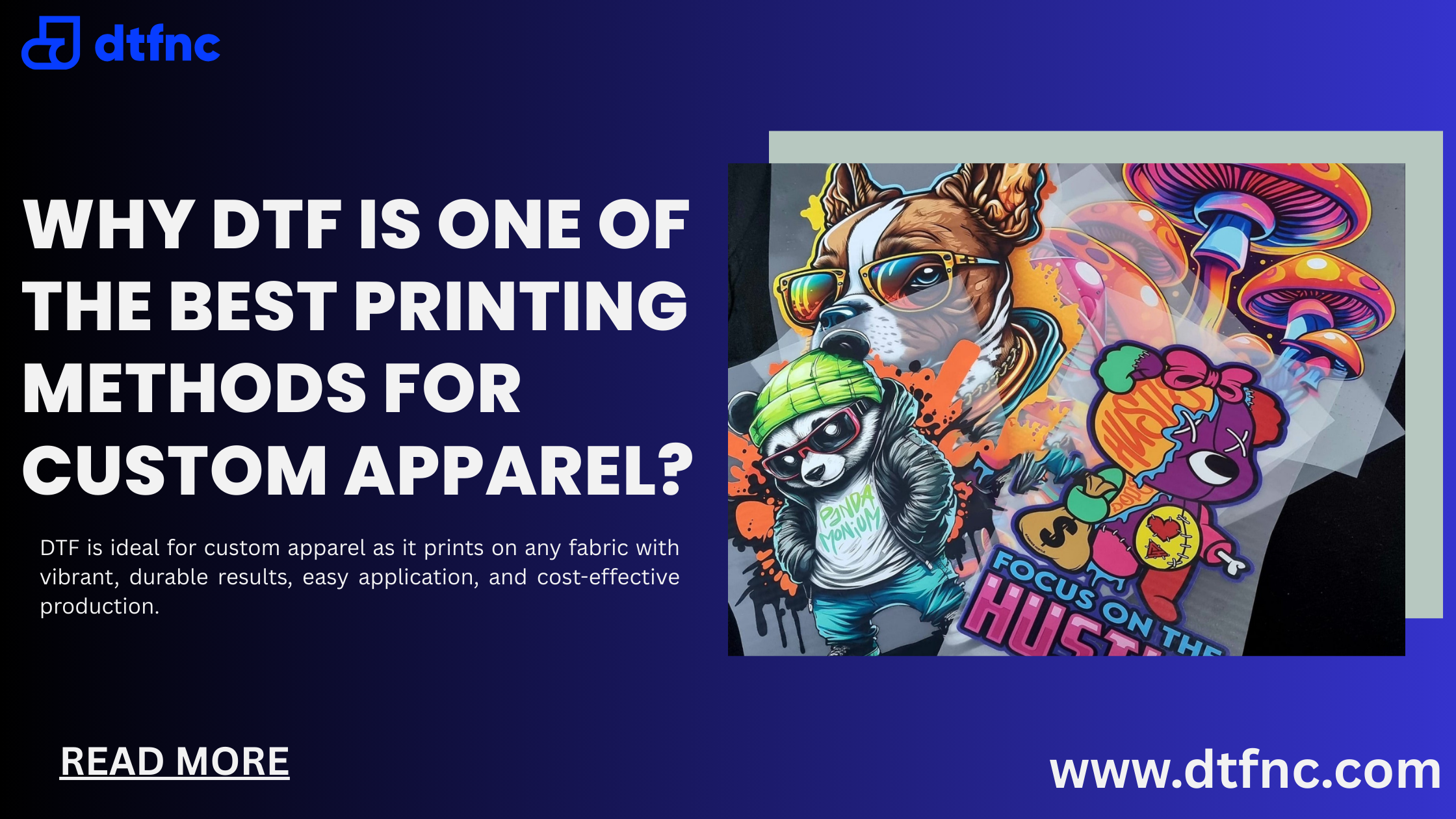

8096 comments
Juniorintak
https://raindrop.io/ceolanfnds/bookmarks-60125780
La relevancia del coaching ejecutivo está cambiando la manera en que las compañías latinas gestionan a sus equipos.
Hoy, conversar de coaching organizacional no es una moda, es una herramienta crítica para alcanzar impacto en un contexto cada vez más complejo.
¿Por qué el coaching gerencial impacta?
Permite a los jefes a gestionar de forma efectiva su tiempo.
Potencia la relación con colaboradores.
Refuerza el management en etapas de cambio.
Reduce el desgaste en jefaturas.
Resultados del coaching jefaturas en Chile
Más alta lealtad de talento.
Ambiente organizacional sano.
Áreas coordinados con los planes estratégicos.
Desarrollo de jefaturas que lideran nuevas funciones.
Situaciones donde el coaching ejecutivo marca la gran diferencia
Un líder que requiere negociar conflictos con alta dirección.
Una jefatura que debe manejar equipos multigeneracionales.
Un directivo que se enfrenta un proceso de expansión.
La forma en que implementar coaching ejecutivo en tu organización
Detectar objetivos claros.
Elegir un coach certificado.
Crear programas a medida.
Medir impacto en tiempos concretos.
Un curso de coaching para directivo puede ser la diferencia entre improvisar o escalar.
Juniorintak
https://jaspertkcl752.cavandoragh.org/coaching-para-directivos-chilenos-claves-para-liderar-en-tiempos-de-incertidumbre
El coaching ejecutivo está impactando la manera en que las compañías locales dirigen a sus colaboradores.
Hoy, conversar de coaching jefaturas no es una tendencia, es una clave imprescindible para conseguir impacto en un mercado cada vez más exigente.
¿Por qué el coaching ejecutivo sirve?
Permite a los líderes a manejar de forma efectiva su agenda.
Optimiza la comunicación con colaboradores.
Consolida el rol directivo en etapas de cambio.
Reduce el cansancio en directivos.
Resultados del coaching organizacional en Chile
Incrementada lealtad de equipos.
Clima laboral fortalecido.
Colaboradores sincronizados con los metas corporativos.
Crecimiento de jefaturas que asumen nuevas funciones.
Casos donde el coaching ejecutivo marca la clave
Un director que busca resolver tensiones con stakeholders.
Una jefatura que debe conducir plantillas mixtas.
Un ejecutivo que vive un proceso de transformación digital.
La forma en que implementar coaching organizacional en tu organización
Definir objetivos claros.
Seleccionar un mentor experimentado.
Diseñar planes personalizados.
Revisar impacto en periodos concretos.
Un curso de coaching para directivo puede ser la diferencia entre resistir o escalar.
RandySig
Смотреть здесь [url=https://kral38.at]kraken официальный сайт[/url]
Juniorintak
https://riveravpx872.yousher.com/desarrollo-de-liderazgo-tico-a-travs-del-coaching-para-ejecutivos-en-chile
El poder del coaching para directivo está impactando la forma en que las compañías latinas gestionan a sus trabajadores.
Hoy, reflexionar de coaching organizacional no es una corriente pasajera, es una estrategia imprescindible para alcanzar metas en un contexto cada vez más competitivo.
¿Por qué el coaching ejecutivo sirve?
Permite a los directivos a manejar eficazmente su agenda.
Optimiza la relación con equipos.
Consolida el liderazgo en etapas de cambio.
Previene el desgaste en ejecutivos.
Resultados del coaching organizacional en Chile
Más alta lealtad de equipos.
Ambiente organizacional positivo.
Áreas sincronizados con los objetivos corporativos.
Crecimiento de jefaturas que toman nuevas funciones.
Situaciones donde el coaching ejecutivo marca la clave
Un gerente que requiere acordar conflictos con stakeholders.
Una subgerencia que le toca dirigir grupos diversos.
Un directivo que vive un proceso de expansión.
De qué manera implementar coaching organizacional en tu compañía
Definir focos concretos.
Seleccionar un coach certificado.
Establecer programas adaptados.
Medir impacto en plazos específicos.
Un plan de coaching para directivo puede ser la diferencia entre improvisar o escalar.
Scottbably
Продолжение [url=https://kra38at.at]kraken37[/url]